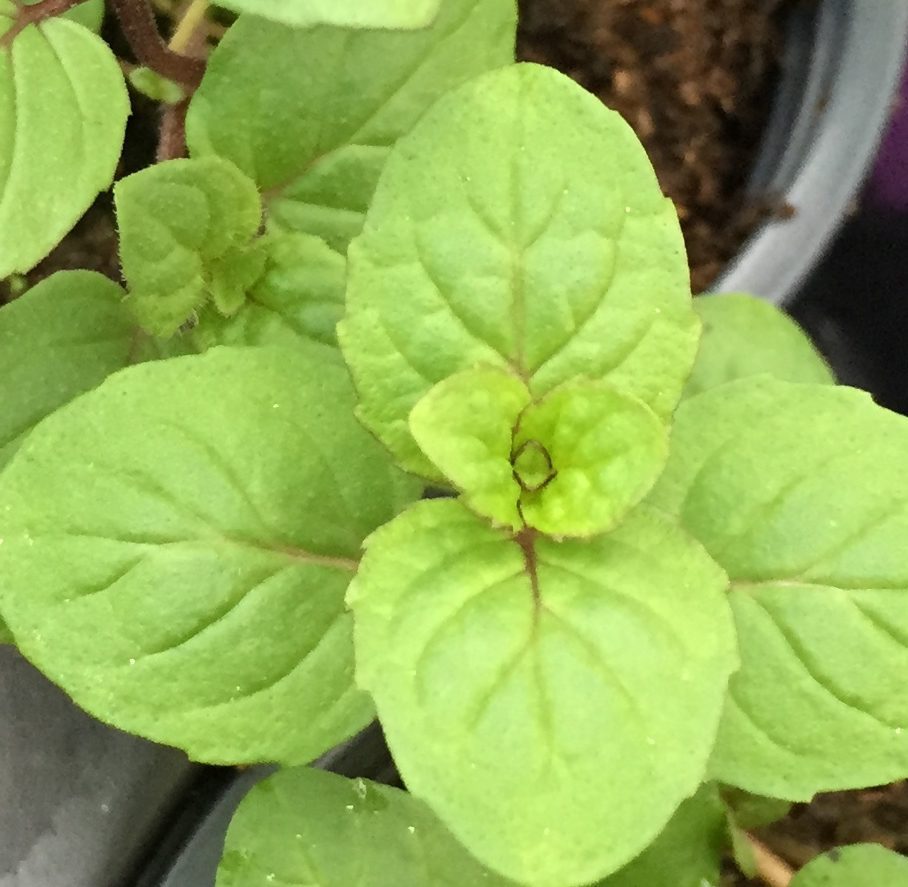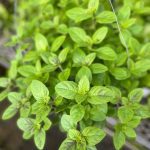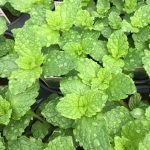Mint; Mentha spicata, Spearmint
$7.99
Discount per quantity
| Quantity | 3 - 8 | 9 - 14 | 15+ |
|---|---|---|---|
| Price | $7.75 | $7.51 | $7.19 |
| % Discount | 3% | 6% | 10% |
Description
Spearmint (Mentha spicata): A Garden Classic with Endless Uses
Spearmint, scientifically known as Mentha spicata, is one of the most beloved herbs in the world. With its sweet, mild minty aroma and fresh flavor, it has earned a place in kitchens, gardens, and herbal traditions for centuries. A proud member of the mint family (Lamiaceae), this versatile perennial thrives in many settings and offers both practical and ornamental value.
A Herb with Global Appeal
Spearmint’s popularity stretches far beyond culinary use. Its vibrant green, lance-shaped leaves release a refreshing fragrance that delights the senses. Historically, it has been used in remedies, beverages, and even religious ceremonies. Today, spearmint continues to be a staple in herbal gardens, offering a touch of sweetness without the sharp menthol bite of peppermint.
Growth Habits and Appearance
Spearmint grows quickly, forming lush patches of green that spread through underground rhizomes. This characteristic makes it an excellent ground cover but also means it can become invasive if not contained.
- Height: 12–24 inches tall
- Spread: Vigorous, spreading habit
- Foliage: Bright green, lance-shaped leaves
- Flowers: Lavender to pale pink blooms in summer
- Pollinators: Attracts bees, butterflies, and other beneficial insects
Growing Conditions and Care
Spearmint is remarkably easy to grow, making it perfect for beginner gardeners. It thrives in USDA Zones 3–11 and adapts to a variety of soil types.
Light and Soil
Spearmint prefers full sun to partial shade. In very hot climates, a little afternoon shade helps prevent wilting. It grows best in moist, well-drained soil enriched with organic matter.
Watering
Regular watering keeps spearmint lush and aromatic. The soil should stay consistently moist but never waterlogged.
Controlling Spread
Because spearmint spreads aggressively, many gardeners grow it in containers or raised beds. Installing root barriers can also keep it from overtaking nearby plants.
Harvesting Spearmint
Spearmint leaves can be harvested as soon as the plant is established. Frequent harvesting encourages bushier growth.
- Best Time to Harvest: Morning, after dew dries but before the sun’s heat
- Method: Pinch off young leaves or trim stems just above a leaf node
- Preservation: Use fresh, dry for teas, or freeze for long-term storage
Culinary Uses
Spearmint’s sweet flavor pairs beautifully with both savory and sweet dishes.
- Teas and Beverages: A classic ingredient in herbal teas, mojitos, and infused waters
- Salads and Sauces: Brightens fruit salads, tabbouleh, and yogurt sauces
- Desserts: Complements chocolate, ice cream, and fruit-based desserts
- Savory Dishes: Enhances lamb, poultry, and Mediterranean cuisine
Medicinal and Aromatic Benefits
Spearmint has long been prized in herbal medicine. While milder than peppermint, it offers soothing and refreshing qualities.
- Digestive Aid: Helps relieve mild stomach discomfort
- Aromatherapy: The calming scent reduces stress and refreshes indoor air
- Topical Use: Mild cooling properties when used in balms or compresses
Ecological Role in the Garden
Spearmint’s summer blooms attract bees, butterflies, and other beneficial pollinators, making it a wonderful addition to pollinator-friendly gardens. Its dense foliage can also deter some pests naturally, reducing the need for chemical control.
Companion Planting
Planting spearmint near crops like tomatoes, cabbage, and carrots can help repel certain insect pests. However, due to its vigorous growth, it’s best kept in its own container or a designated bed to prevent it from crowding out companions.
Fun Facts
- Spearmint is often used in chewing gum and toothpaste for its refreshing yet mild flavor.
- Ancient Romans valued spearmint for both culinary and medicinal purposes.
- Unlike peppermint, spearmint contains less menthol, giving it a sweeter taste profile.
Why Every Garden Needs Spearmint
Spearmint offers a perfect balance of beauty, fragrance, and function. It’s easy to grow, attracts pollinators, and provides endless uses in the kitchen and home. With a little care to manage its spread, this herb rewards you with fresh leaves from spring to frost.
Refreshing Green Wonder
Adding spearmint to your garden creates more than just a pop of green. It brings aroma, flavor, and life to every corner. Whether steeped in tea, tossed in a salad, or simply brushed against as you walk by, spearmint invites you to slow down and savor the simple joys it offers year after year.
Additional information
| Weight | N/A |
|---|---|
| Options | Starter Plug – 3 count, 3.5 in. (12.3 fl. oz.) Pot |





